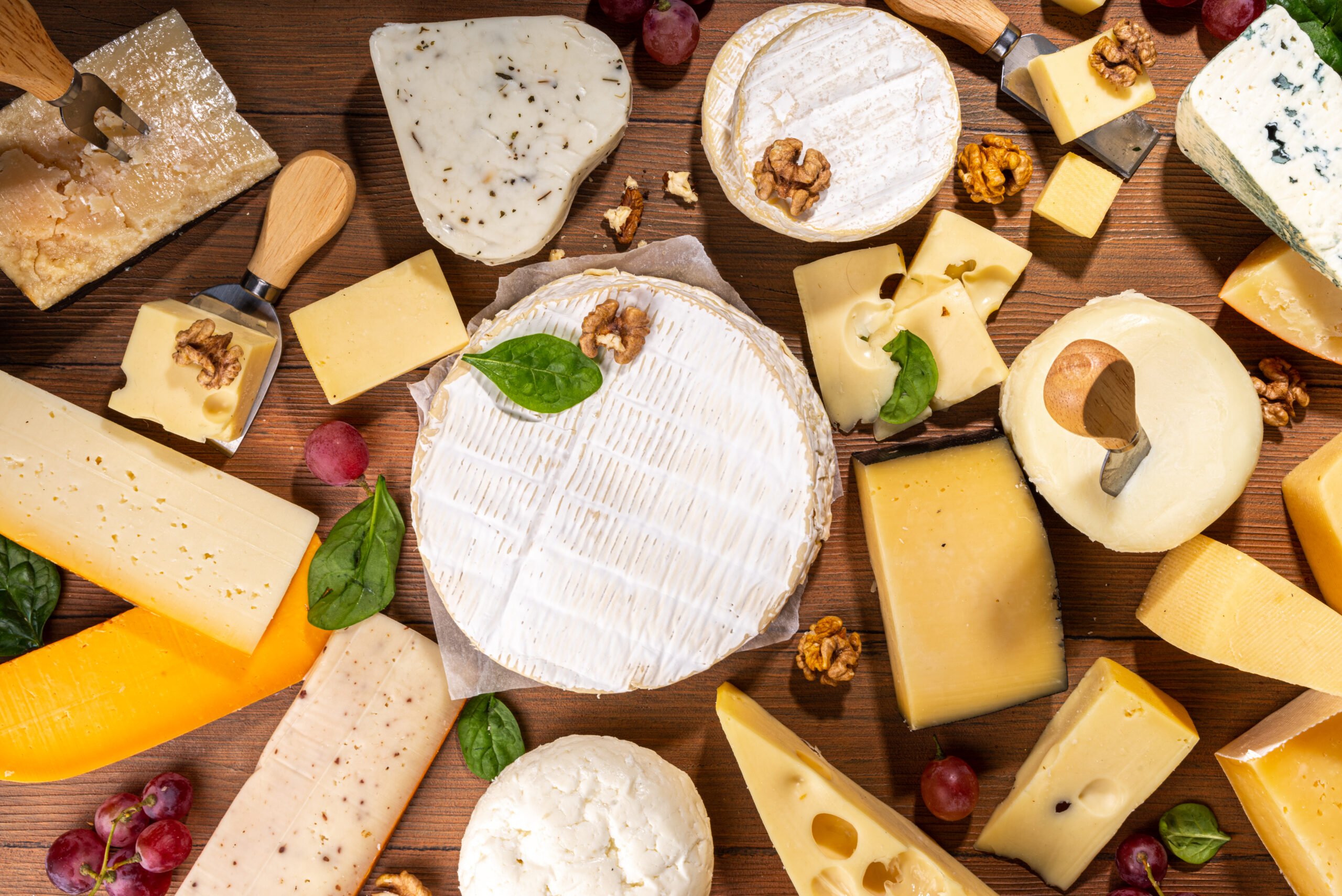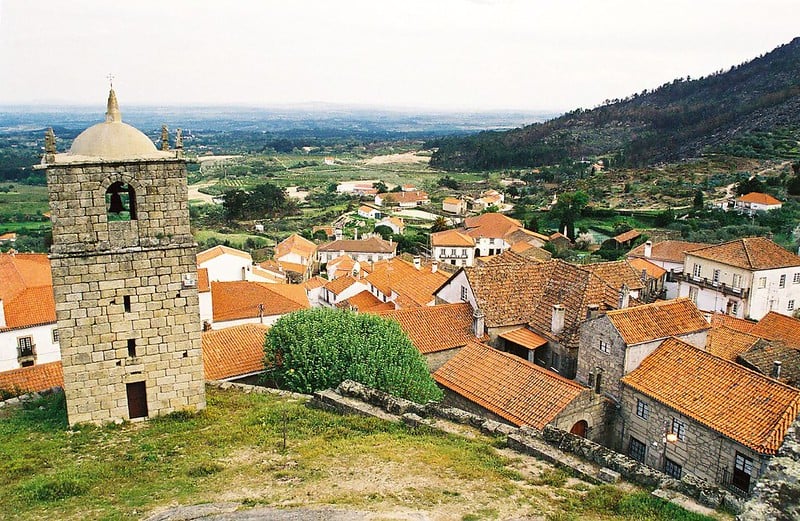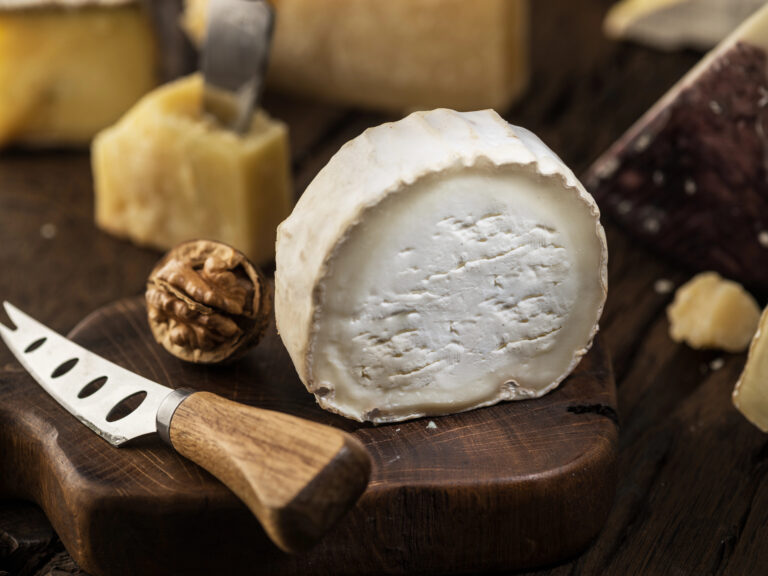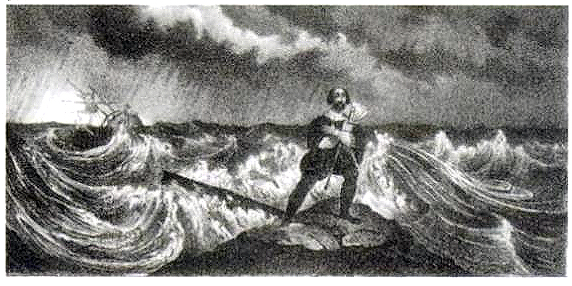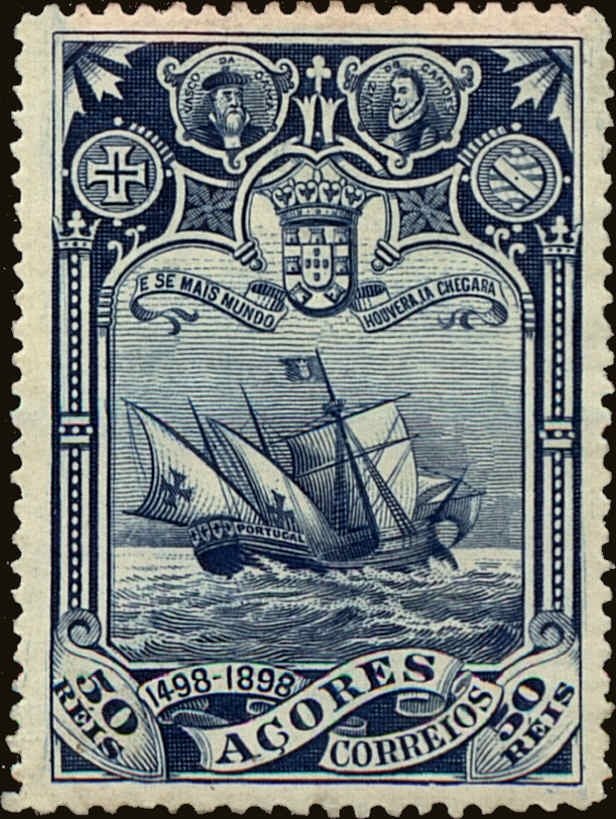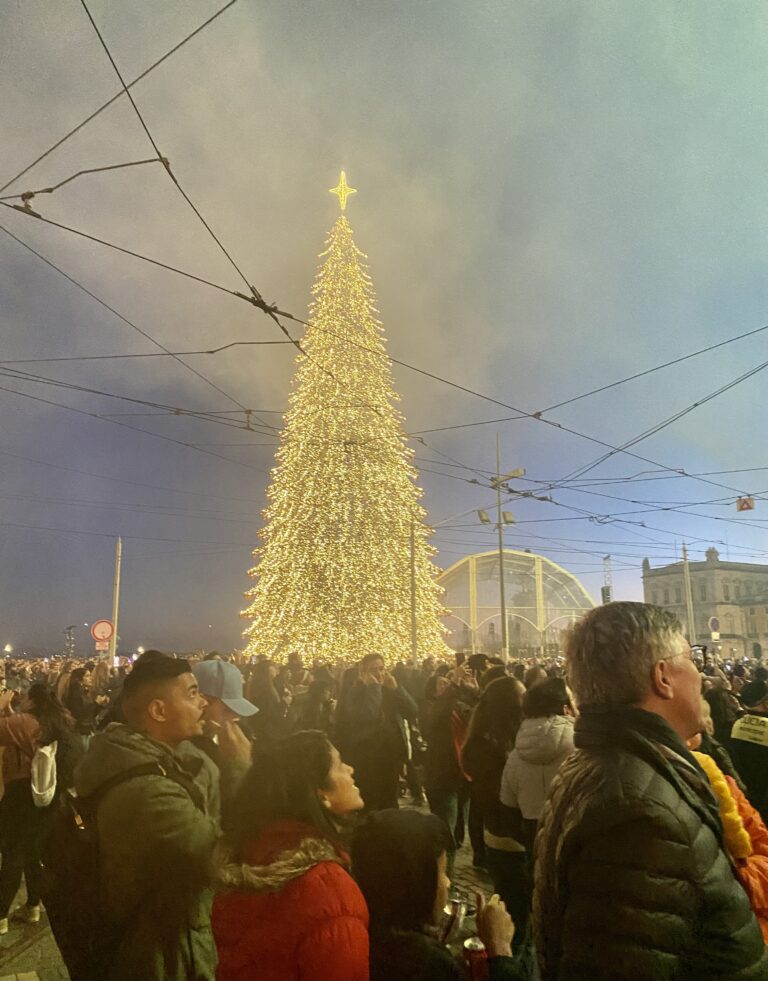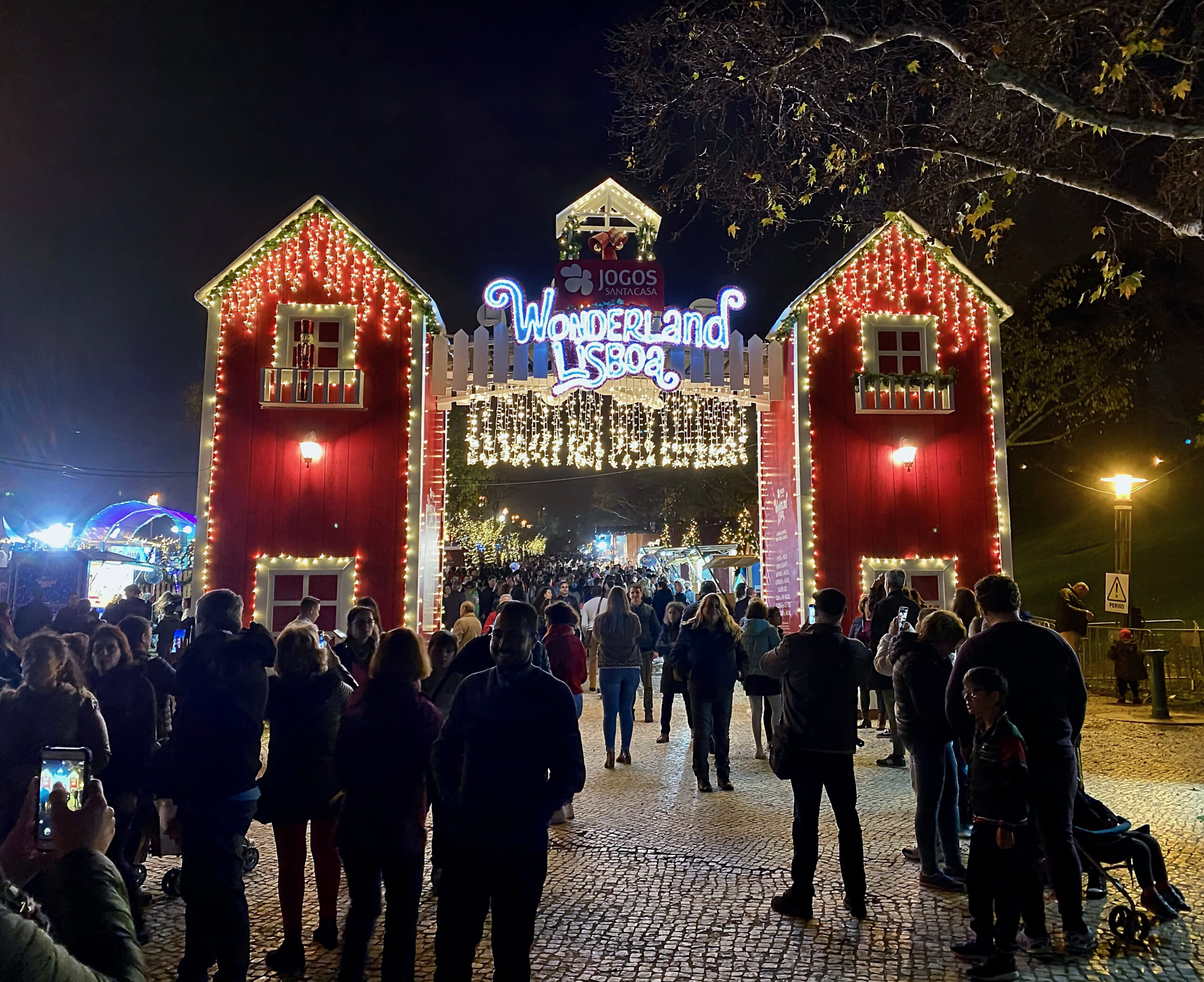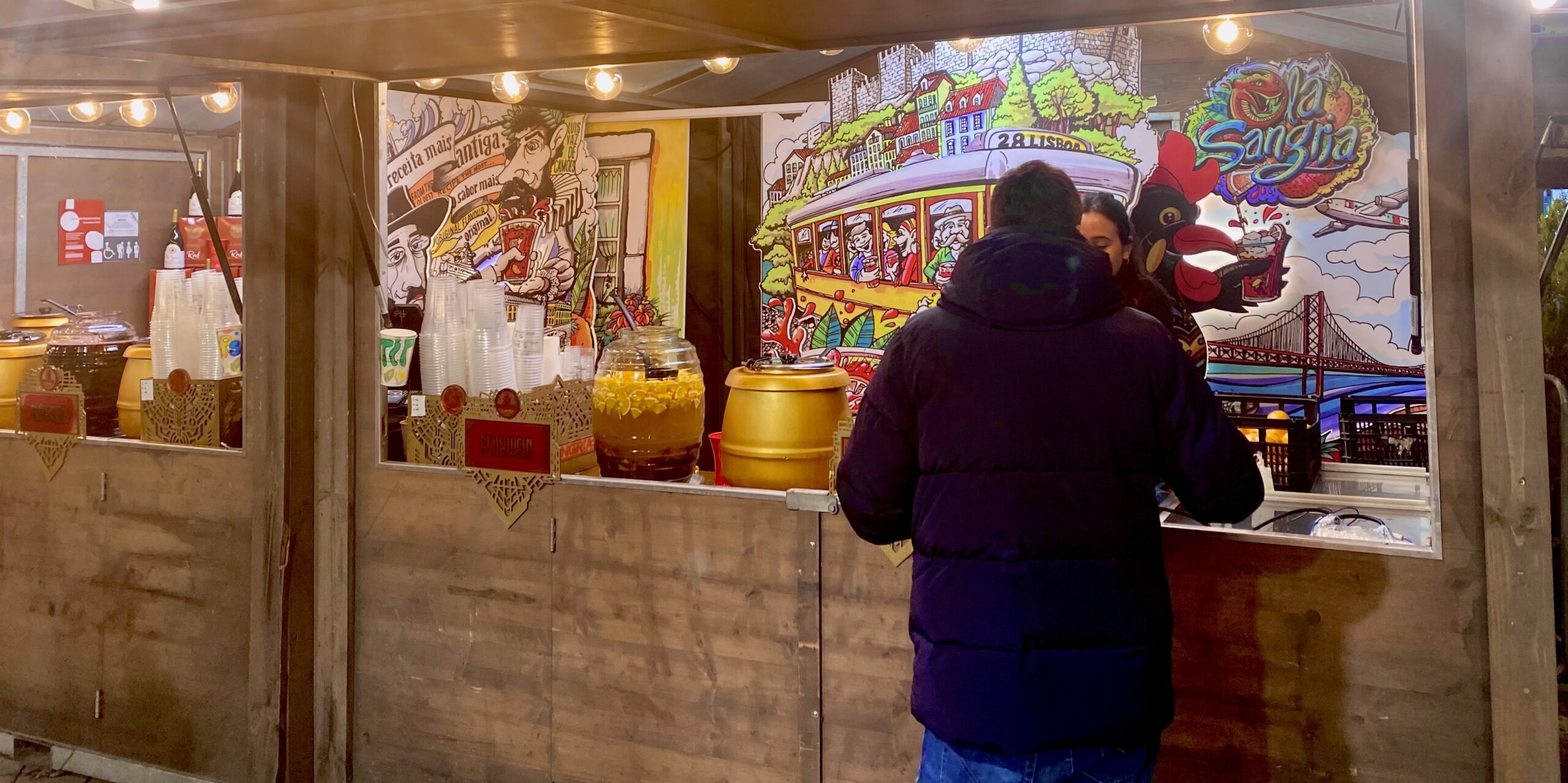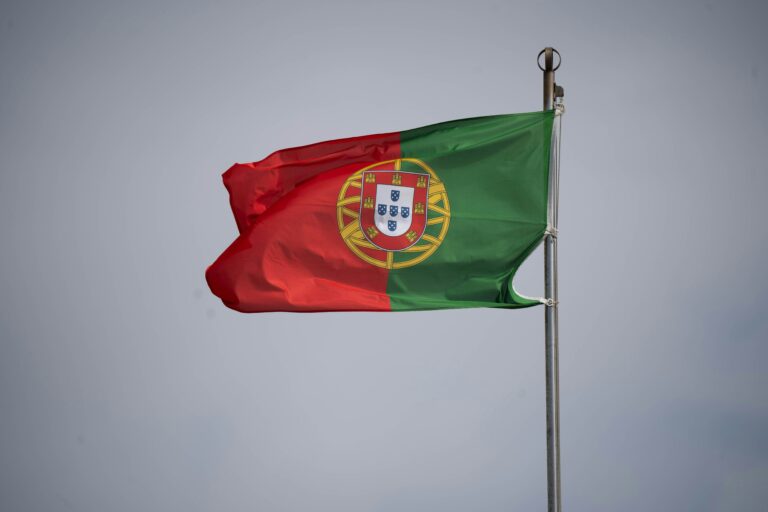1. Immigrant Influx to Portugal Increased by 95% in Just Two Years
The National Statistics Institute (INE) released demographic statistics for 2023 on Friday, showing that the resident population rose to 10.64 million people, a 1.16% increase driven by immigration. Excluding migration flows, which account for the permanent entry and exit of people, the resident population actually decreased by 0.31%. Meanwhile, the migration growth rate increased by 1.47%.
The number of permanent immigrants increased by 13.3% compared to 2022, reaching 189,367 people. This figure represents a 95% increase over 2021. Compared to the 36,849 permanent immigrants in 2015, the first year in the period considered by the official statistics agency and a time when Portugal began its recovery after the financial assistance program (troika), immigration surged by 513%. Regarding permanent emigration, the gradual decline observed from 2015 to 2021 (from 40,377 to 25,079 people) reversed in 2022 and continued to rise in 2023, reaching 33,666 people. With these migration flows, the balance was positive for the seventh consecutive year, increasing from 136,144 people to 155,701 in 2023.
Note that, apart from the data on migration, the INE data also show a continued aging population between 2015 and 2023, with women having an average age of 48.6 years and men 45.4 years. In 2022, these figures were 48.4 and 45.4 years, respectively. In terms of mortality, figures from the first two years of the pandemic have already been reversed, but the 118,295 deaths recorded in 2023 (-4.9% compared to 2022) are still above the numbers between 2015 and 2019, when there was a peak of 113,051 in 2018. The infant mortality rate also dropped by one-tenth to 2.5%, a figure lower than in 2020 and 2021 (pandemic years).
Read more from our source here.
2. Brazil’s Largest Criminal Organization Suspected of Using Portuguese Football Clubs to Launder Money
The PCC (First Command of the Capital), Brazil’s largest criminal organization, is suspected of laundering money in Portugal through football clubs. Over the past year, businessmen linked to the PCC attempted to acquire Varzim, Vilaverdense, and Felgueiras, ultimately settling on Fafe. Ulisses de Souza Jorge, an agent for Éder Militão, was a central figure in these negotiations, leveraging connections with key Portuguese sports figures, including Pinto da Costa and his son. Reports indicate that these businessmen also proposed millions of euros for stakes in these clubs, mirroring the methods used in Brazil.
The PCC operates in Portugal with a level of internal organization similar to that in Brazil. They have established a disciplinary sector, functioning as a tribunal to decide on penalties and death sentences for non-compliant members. This network is structured to expand within the prison system, where recruitment is ongoing, both in male and female prisons. Lincoln Gakiya, a Brazilian prosecutor, warns that Portugal’s prison system is ill-prepared for this type of organized crime, which can easily multiply from within.
Portugal’s role as a gateway for drug trafficking into Europe is becoming more evident, with the PCC controlling key ports such as Lisbon and Sines. These ports are integral to the unloading, storage, and distribution of narcotics to other European countries. SIS (Intelligence and Security Services) reports that the PCC has an extensive presence in Portugal, with around 1,000 members involved in these operations, contributing to Portugal’s strategic importance in the broader European drug trade.
Read more from our source here.
3. Government’s Mega Security Campaign Seen as “Gross Violation of the Rule of Law”
The mega-campaign Portugal Sempre Seguro, coordinated by the government, is a six-week operation designed to increase inspection and prevention actions across the country. Criticized by the PS and BE, the initiative has been called a “gross violation of the rule of law” and a propaganda operation. Deputy Isabel Moreira condemned the campaign, claiming the government cannot order the police based on feelings of insecurity, emphasizing the importance of proportionality and necessity. The Socialist Party leader, Alexandra Leitão, criticized the approach, proposing instead community projects and neighborhood policing, aiming to avoid a repressive logic.
In response, Mariana Mortágua, leader of the Left Bloc, described the campaign as a provocation, accusing the government of using state resources for media operations that manipulate the perception of security. She condemned the lack of technical criteria and the irresponsibility behind these operations, asserting that the campaign represented a combination of incompetence and insensitivity. Isabel Moreira further argued that this was a political operation, one that “instrumentalizes the police,” challenging its acceptability in a democratic society.
The government’s security campaign, launched on November 4 and extending until mid-December, has already led to the arrest of 980 people in its first week, a 41% increase compared to last year. According to the Ministry of Internal Affairs (MAI), the focus is on tackling violent crime, drug trafficking, and illegal immigration, with multiforce teams from agencies like GNR, PSP, and Judicial Police collaborating on the operation. The campaign seeks to reinforce security through visible actions, coordinated across various state bodies, though the MAI maintains that these actions are part of the forces’ normal activities, with execution left to the discretion of the involved services.
Read more from our source here.
4. A Christmas Market is Coming to São Vicente (Feira da Ladra)
From December 19th to 22nd, the Feira da Ladra area will host a Christmas market, with everything you’d expect: stalls, workshops, a comedy night, and an “enchanted forest”. Slowly but surely, the Christmas calendar is taking shape. In Campo de Santa Clara, the season officially kicks off on December 19th with the opening of the São Vicente Christmas Market. Centered around the Santa Clara Market, the event will feature several stalls, workshops, Christmas carols, a comedy night, and a charity initiative. All activities are free of charge.
Outside the market walls, one of the most anticipated attractions, announced by the São Vicente Parish Council, is the Enchanted Forest, located in Jardim Botto Machado. Over the course of four days, this space, designed for children, will offer artificial snow, children’s theater performances, storytelling sessions, crafts, face painting, and a Santa Claus house. The area will be open from 10:00 AM to 9:00 PM. Also free, but with mandatory prior registration, is the workshop schedule. There are three workshops scheduled for December 19th at 11:00 AM. Available options include cookie dough and brownie cakes, embroidery with Maria Moon, and natural honey soap making.
On the first two days, expect an appropriate soundtrack, with performances from the Staccato Choir and the Coro Menor. Inside the Santa Clara Market, from December 20th onwards, there will also be a market featuring over 40 local entrepreneurs, artists, and creatives, running from 10:00 AM to 6:00 PM. On December 19th, the São Vicente Comedy Club will take place at 9:30 PM. The show will be hosted by Rui Mirama, with special guests Diego Baro, Marcos Bilro, and Miguel Neves. Note that throughout the four days of the event, from 10:00 AM to 6:00 PM, a charity campaign will be held in the form of a food drive for CASA – Center for Homeless Support, collecting non-perishable food items.
Where? Mercado de Santa Clara Market and Botto Machado Garden (São Vicente).
When? December 19 to 22.
How much? Free.
Read more from our source here.
5. It’s Possible to Live in the Heart of Lisbon in a Historic Building
Who doesn’t dream of living in the city center, in an apartment full of light and surrounded by restaurants, cafés, schools, and pharmacies, all within a five-minute walk? Even better if it’s in a historic building with significant heritage value, renovated and expanded with the comfort and well-being of its occupants in mind. No need to look further: this home exists, and you can already reserve yours.
Located in the Avenidas Novas area, the Bombarda 54 development perfectly fits the concept of the “10-minute city,” providing access to neighborhood life and local shops without needing a car. Not only is the location incredibly central, but the building – currently undergoing rehabilitation and expansion – successfully blends the architectural elements of a 1920s building with elegance and period details, such as noble environments, high ceilings adorned with stucco details, while also offering the comfort of contemporary living.
Designed by the architecture studio Tiago R. Correia Arquitetos, Bombarda 54 offers 14 luxurious apartments with layouts of T2 (2-bedroom) (12 units) and T1 (1-bedroom) (2 units), ranging in size from 79 to 130 square meters, scheduled for completion in the second quarter of 2026. Portugal Sotheby’s International Realty is exclusively responsible for marketing these apartments, with prices starting at €650,000, and is already accepting offers. According to the source, four units were reserved within the first hours of availability. Whether for living or investment, if you’re interested, it’s best to act fast.
Read more from our source here.
6. Portugal among Debt Reduction Champions in the Eurozone
Portugal is one of the top three countries in the Eurozone for reducing its public debt ratio. The European Commission’s forecasts predict a drop from 95.7% in 2024 to 90.5% in 2026, a 5.2 percentage point decrease. This places Portugal alongside Greece and Cyprus as champions of debt reduction, while the Eurozone average will increase slightly to 90% in 2026. Meanwhile, Portugal’s debt remains lower than in 2019, a rare accomplishment among EU countries.
The European Commission forecasts that Greece, Cyprus, and Portugal will see significant reductions in debt ratios, with Greece leading at -10.4 pp. However, some countries like Lithuania, Ireland, and France are projected to see increases, notably Lithuania with a +6.3 pp rise. Brussels predicts that, by 2026, most EU countries will have reduced their debt ratios compared to 2020, with some like Belgium, Spain, and Italy still above 100% of GDP. Portugal’s 44 percentage point reduction is among the largest in the EU.
The growth in revenues relative to GDP is expected to help reduce the EU deficit in 2024, with revenues growing by 0.5 pp and expenditures increasing by only 0.2 pp. Brussels also forecasts that ten EU member states will have a deficit over 3% of GDP in 2024, with some variation in 2025. By 2026, most EU countries, including Portugal, will have fiscal positions better than in 2019, with Cyprus, Ireland, Portugal, and Spain standing out for their improved financial outlook.
Read more from our source here.
7. Portugal’s Low-Cost Operators Respond to Digi’s Market Entry
Digi, which launched in Portugal in November, undercuts competitors with three-month commitments and mobile plans starting at €4. The Romanian brand has limited mobile coverage in metro tunnels and autonomous regions but offers accumulated data and affordable plans. Fixed internet is priced at €15 with TV available for an additional €15, challenging the status quo. Meanwhile, competitors adjust to match with lower prices and shorter commitments, adding TV to stay competitive.
Uzo (Meo), Woo (Nos), and Amigo (Vodafone) are adjusting offerings, lowering prices and cutting commitment periods. Uzo now offers fiber at €15 for 1 Gbps with six months commitment, plus TV for an additional €15. Amigo, on the other hand, slashes prices, offering mobile plans from €5 and fiber at €15, with a three-month commitment and TV for €7 more, including 60 channels via Android box. The move mirrors Digi’s strategy of three-month contracts but with limited coverage and TV exclusions like SIC channels.
Note that the operator strategies diverge. The low-cost brands respond differently to Digi, with Uzo offering accumulated data on mobile plans and emphasizing TV packages, while Amigo adjusts both pricing and contract terms. Digi’s limited national coverage remains a weak spot, which competitors highlight. As 5G deployment grows in Portugal, Digi’s slow expansion contrasts with Meo, Nos, and Vodafone strengthening their presence, while Woo hints at a future TV service, marking a dynamic shift in the Portuguese telecom market.
Read more from our source here.
8. New Municipalities Offering Tax Benefits to Startups
There are 14 new municipalities offering tax benefits to startups and scaleups. Coimbra, Braga, and Covilhã are three of them and join what is now a growing list of 22 municipalities in a push for decentralization, territorial cohesion, and regional development. Public policies focused on entrepreneurship aim to attract innovation and talent. Healthy competition between regions fosters local economy growth and positions Portugal as a hub for international startups. The signing of memorandums with Startup Portugal provides tax exemptions, including municipal business tax relief and reduced taxes for businesses and workers.
There are a total of 4,719 startups in Portugal, a 16% increase from last year, with a combined €2.6 billion in revenue. Lisbon (47%) and Porto (15%) lead the way, while coastal districts dominate the startup scene. Though micro-businesses (89%) make up the bulk, the economic impact of startups is significant. One-third of startups engage in international trade, contributing to 58% of their revenue. In contrast, only 11% of the broader business landscape are exporters. Startups outpace the general sector in both growth and job creation.
The growth of startup employment and business revenue far surpasses traditional sectors, with average annual growth of 30% in revenue and 19% in employment between 2020-2023. Startups also pay above-average salaries, averaging €2,000 per employee, 72% higher than the national business average. The push for tax incentives, business development, and attracting international entrepreneurs signals a strong commitment to Portugal’s future as a leader in the startup ecosystem.
Read more from our source here.
9. The Portuguese ChatGPT
Unbabel, a key partner in the development of Portugal’s ChatGPT, is collaborating with the Portuguese Government, Nova University of Lisbon, and Instituto Superior Técnico to launch the Portuguese Large Language Model (LLM) by early 2025. Built on open-source technology (Tower LLM), it integrates FCCN data to ensure linguistic sovereignty, with Portugal controlling data and avoiding reliance on foreign tech giants. The project’s ambition is clear: preserve cultural identity while meeting national needs. Aiming for public sector efficiency, this initiative seeks to make AI work for Portugal’s future.
EU-backed funding via Euro HPC will inject up to 30 million euros into this cutting-edge initiative, expanding computational capacity significantly. The supercomputer in Barcelona will be central to scaling this project, which will combine national expertise and European resources to create an independent AI ecosystem. This national AI effort is driven by the need for data security and sovereignty, positioning Portugal as a leader in AI innovation with global impact. This model supports the preservation of national data, ensuring that AI technology is homegrown and self-reliant.
Vasco Pedro, founder of Unbabel, emphasizes the importance of a cohesive AI strategy led by the Government, ensuring responsible AI governance. The initiative builds on years of experience in LLM development, with Unbabel’s AI work going back to 2017. Despite challenges, Pedro is confident that the project will meet its ambitious deadline. This involves a strategic move towards creating a national AI hub, overseen by an independent body, with government oversight ensuring long-term success and national control over AI deployment.
Read more from our source here.
10. Portugal Seems to be Behind in AI and Quantum Computing
Ricardo Martinho, President of IBM Portugal, has stated that while the Portuguese government’s recent announcement of a large language model (LLM) during the Web Summit is a “great initiative,” Portugal is somewhat “behind” in the use of technologies like artificial intelligence (AI) and quantum computing. He highlighted that Spain, for example, already has an LLM in Spanish, developed through a partnership with IBM, and is also home to a quantum computer in the Basque Country. Martinho expressed that he has been advocating for a quantum computing project in Portugal for over a year, emphasizing the importance of recognizing the potential benefits these technologies could bring to the country.
Martinho also pointed out that, although AI has been a key focus for IBM for over 50 years, Portugal is still lagging behind in AI adoption. He noted that only 40% of the large companies IBM works with globally have AI projects in production, with another 41% still in the experimental phase. In Portugal, he believes the situation is worse, citing higher levels of skepticism and a tendency to implement AI without fully rethinking business models. Instead of integrating AI as a core part of operations, many companies are simply layering it over existing processes, which he argues limits its full potential.
Furthermore, Martinho discussed the importance of security and ethical standards in AI, stating that IBM’s Watsonx solution allows companies to use AI while maintaining data privacy and security. He stressed the necessity of incorporating ethical considerations into AI tools to prevent unethical usage. He also pointed to IBM’s commitment to these principles, claiming that if a customer were ever found to be in violation of copyright laws, IBM would cover the resulting fines. According to Martinho, the future of AI depends not only on technological innovation but also on the responsible and ethical development and usage of these tools.
Read more from our source here.
